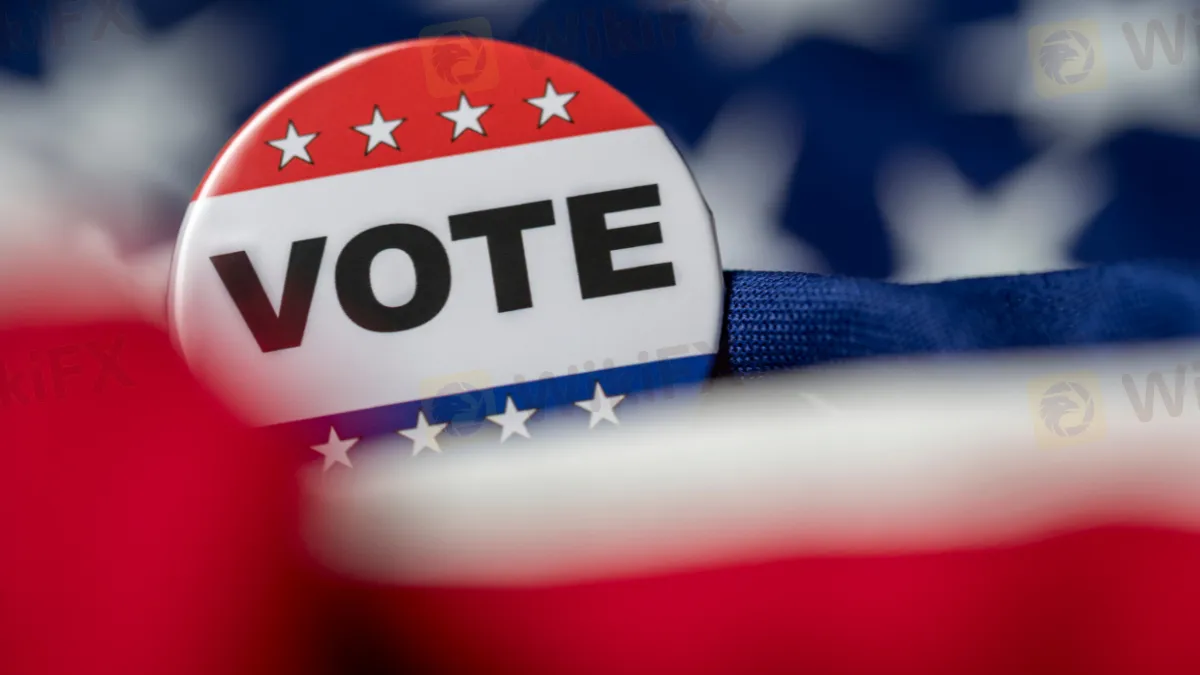Will French Elections or US CPI Affect EURUSD More?
abstrak:Recent French elections and US CPI data influence EURUSD. Understand the impacts on the euro's stability and potential market movements.

French Election Aftermath and Euro Stability
Although political uncertainty is still great after the most recent French elections, the euro has shown amazing consistency throughout the Asian trading session. Reflecting a subdued market reaction, EUR/USD traded hardly yesterday between 1.0801 and 1.08448.
The second election round showed that the Republican Front effectively stopped the far-right from growing. Against prior projections of a significant victory, Marine Le Pen's RN party obtained just 143 seats, making it the third-largest party. Rather, with 182 seats, the left-leaning New Popular Front became the biggest party; followed by President Macron's centrist coalition with 168 seats. A hung parliament resulted from all parties failing to meet the 289 seats required for an absolute majority.

Declaring his resignation, Prime Minister Gabriel Attal has set off the process of assembling a new administration. Now President Macron has two main choices: choosing a technocratic government or building a “center-left” alliance excluding the radical left. While Jean-Luc Mélenchon of France Unbowed insists on carrying out his party's whole platform, opposing any alliance with Macron, Socialist leader Olivier Faure stresses cooperation to meet voter needs. This fractured political terrain probably indicates difficulties in enacting laws, therefore influencing France's economic stability as well as the euro.
The economy of France and the euro should suffer somewhat from the uncertainty in establishing a stable administration. Still, the result is better than a majority victory by the far-right or far-left, whose ideas may have generated greater disturbance. Against the US dollar, analysts forecast the euro will stay within a steady band of 1.0500 to 1.1000 for the short term.
US Markets Employment Data and Federal Reserve Forecasts
Following the announcement of softer-than-expected nonfarm payrolls (NFP) statistics, the US dollar has somewhat slumped. After the data, the dollar index fell below 105.00, which strengthened hopes for many rate reductions by the Federal Reserve. With notable downplays for past months, the NFP data saw job growth slowing to 206,000 in July.

While the private sector underperformed and added only 136,000 jobs in June, the public sector saw robust employment increases. This is below the average private sector employment increase seen previous year. With the Sahm rule implying further rises in the next months, the jobless rate also crept up to 4.1%. For some comfort to the Fed, this balanced labor market helps reduce inflation threats.
Important forthcoming events include the publication of the most recent CPI estimate for June and the semi-annual hearing on monetary policy by Fed Chair Powell Powell is supposed to suggest, should inflation keep down, probable rate reduction beginning in September. Unless unanticipated inflation surges arise, a milder core CPI figure would probably corroborate this view and help to keep the US currency on a declining path.

Access here for more of financial daily news.

Broker ng WikiFX
Exchange Rate
